Project Category: Entrepreneurial
Join our presentation
About our project
In 2016, Alberta watched in horror as the city of Fort McMurray evacuated 88 thousand people because of the massive and uncontrollable wildfire (Cochrane, 2016). The fire destroyed 1,600 structures and caused $9.9 billion in damage (Cochrane, 2016). The Fort McMurray fire was not a unique occurrence – forest fires are becoming increasingly costly both in terms of damage costs and CO2 emissions (Plumar & Schwartz, 2020). For starters, 1,356 people have died in the past four years as a result of forest fires (Government of Canada, 2021). As well, in 2019 the Canadian government spent over $1 billion trying to fight forest fires, and the United States Government spent over US$6 billion dollars (Government of Canada, 2020) (California State Government, 2020). Additionally, every year over 2 billion tons of CO2 emissions are caused by forest fires (Levitt, 2020). According to Michael Greenstone, the former Chief Economist of the Obama Administration, the cost of carbon is US$50 per ton emitted (Levitt, 2020). This indicates potential carbon costs well into the hundreds of billions of dollars across North America.
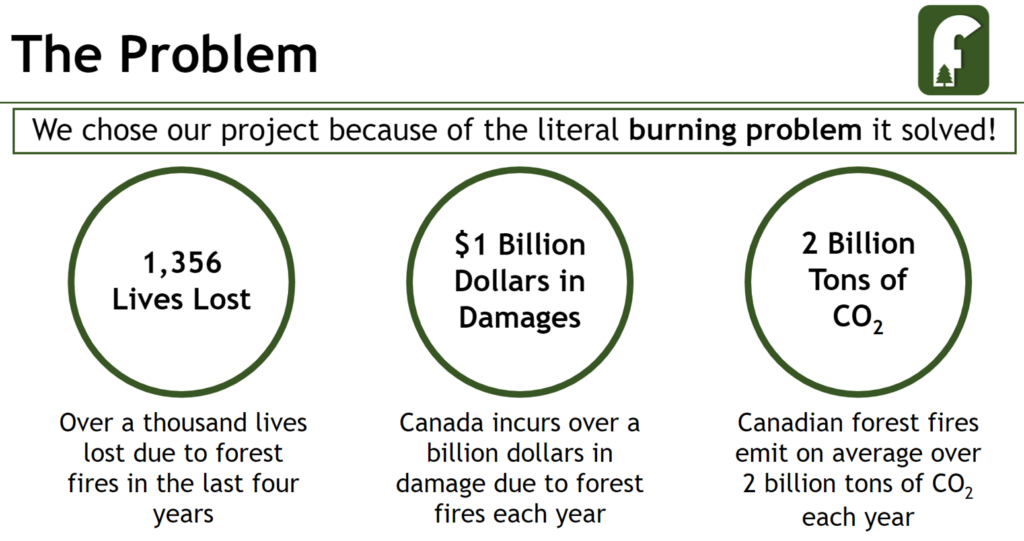
Provincial Wildfire Operation’s Coordinator Kelly Fleetman told us in an interview that although Alberta is sufficient at identifying over 95% of wildfires, multiple fires usually ignite on the same day following a storm, and the current solutions of sending people by foot or in helicopters to investigate is too resource intensive to investigate every fire. Because of this, not all fires are investigated, and it is the ones that are not monitored immediately that reach the growth phase before human intervention This makes them impossible to control until they have naturally decayed (Hartin, n.d.). For example, the 2016 Fort McMurray was investigated when it was already 2 hectares (Landis, 2017). Wildfire fighters were unable to control it at this size, and as a result the fire caused incredible damage before finally reducing to a manageable size (Landis, 2017).
The forest fire investigation and monitoring problem is solvable using a variety of advancements in sensor and visual monitoring technologies. There are currently a handful of companies working to use satellite data of forests to detect fires in their early stages; however, there is a large delay in the transmission of this data and it can take multiple days to be processed and sent to first responders (Fireball LLC, 2019). This satellite data also requires near clear conditions for detection software to identify a fire in its early stages due to their distance from the ground (Canadian Space Agency, 2019). Fire tower camera companies are also becoming more prevalent. These cameras are only useful at short ranges.
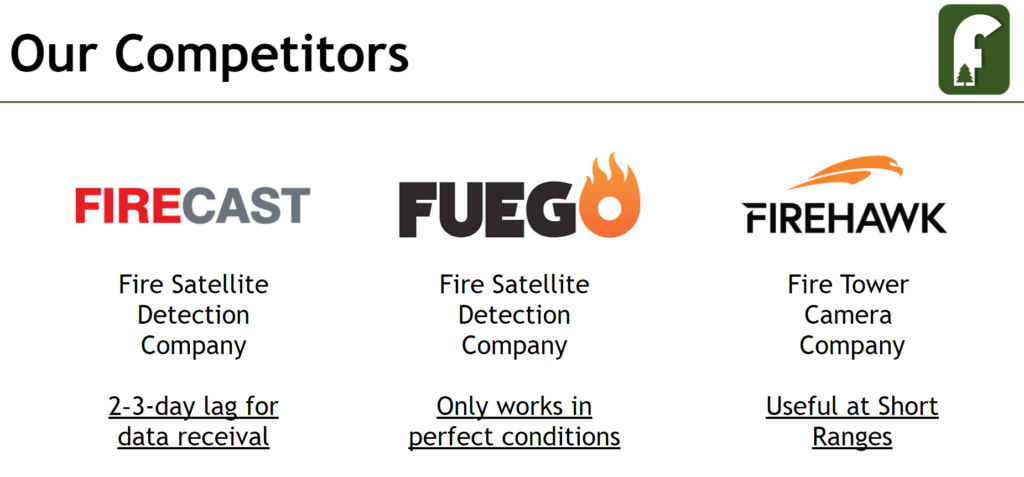
Forestcast aims to enable high-definition aerial IR monitoring by minimizing vibrations between an aircraft and an IR sensor to ensure quality data collection. The fleet of drones can deploy instantly to provide real-time fire data. The total system, which includes a fleet of fixed winged remotely piloted aircrafts (RPA) each with a vibration damping mechanism and an IR camera, will identify and monitor fires. A similar solution was researched by a team out of the University of Seville in Spain, which found that using a fixed wing aircraft and IR camera is the optimal setup for monitoring large areas. Although this team found promising results, there was too much noise in the camera data for the system to realize its full capabilities (Yaun, Zhang, & Liu, 2015). Specifically, they mention that noise caused by turbulence (along the vertical axis) impacted the research results (Yaun, Zhang, & Liu, 2015). Therefore, our Capstone project was to minimize the vibrations by designing a four-axis stabilizer. Since there are many universal three axis gimbals on the market, our team purchased one of these units and focus our attention on minimizing vertical disturbances.
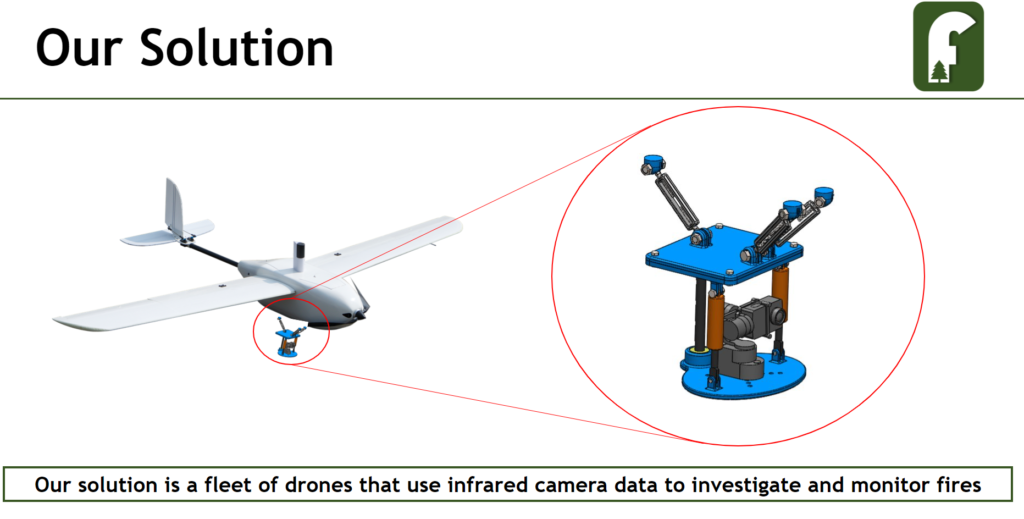
Meet our team members
The team has four members: Bayley Clark, Danielle Currie, Joshua Kahn, and Brandon Rochon. All members are currently in the mechanical engineering and commerce combined degree program. Danielle, Joshua, and Brandon are specializing in finance, and Bayley is in the general business stream.
Bayley Clark is the Engineering Lead of Forestcast. He is a fourth-year student with experience in hands on manufacturing and engineering design. He is passionate about materials science and is looking for an internship at a manufacturing company. Most of his work experience involves sales roles, tutoring, and manual labour. In his second year at the University of Calgary, he served as the logistics coordinator and junior designer on the frame sub-team of Schulich Off-Road Racing. In this role, Bayley gained experience with Solidworks and ANSYS pertaining to structural testing. He also gained hands on experience with manufacturing and testing. In his final year on Schulich Off-Road, Bayley became the business lead for the team, which involved communicating with sponsors and composing technical reports.
Danielle Currie is the Project Lead of Forestcast. She is a fifth-year student who has experience in both technical and financial roles. Following her first year of university, Danielle worked at a junior oil and gas company, North 40 Resources, where she learned how to predict well potential based on geological data. She also spent a summer at Encana Corporation as a reservoir engineer. In 2019 and 2020, Danielle worked as an investment banking summer student, where she helped early stage companies develop pitch presentations for early-stage funding. She also took a directed studies course in the Winter 2020 semester, where she worked with the Creative Destructive Lab company Nth Cycle to complete their first round of seed funding.
Joshua Kahn is the Business Lead of Forestcast. He is a fifth-year student with experience in technical and business development roles. He has experience in the oil and gas sector through three summers as a student engineer (field engineer and completions engineer) with Encana Corporation. Additionally, Joshua spent a summer as a business development analyst with Validere Technologies; an oil and gas quality and trading analytics startup. Joshua also completed a directed studies course in which he worked with Element16; a company enrolled in the Creative Destruction Lab. For Element16,he created financial forecasts and developed an investor pitch deck.
Brandon Rochon is the Academic Lead of Forestcast. He is a fifth-year student with recent co-founder experience in venture creation, operation, and failure. Brandon also has experience in the academic side of entrepreneurship having been a teaching and research assistant in both the Strategy and Entrepreneurship faculties at the Haskayne School of Business for the past 4 years. On the technical side, Brandon has experience as a Heavy-Duty Automotive Mechanic Apprentice. He also worked at Kiewit Energy Canada in various field engineering roles at the Kearl Oil Sands Project. Brandon’s current interests lie in practical venture creation and validation, as well as the academic study of these processes.
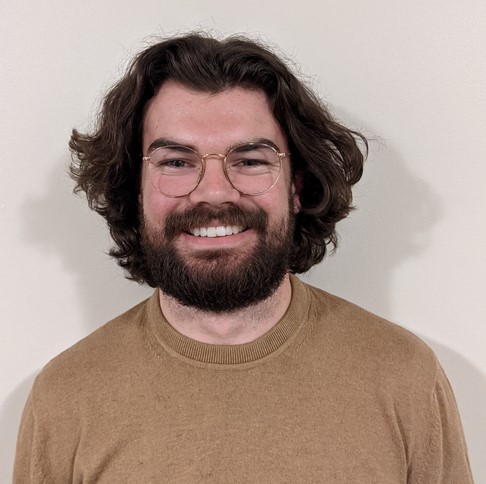
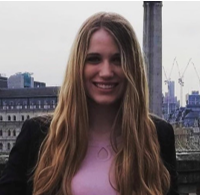

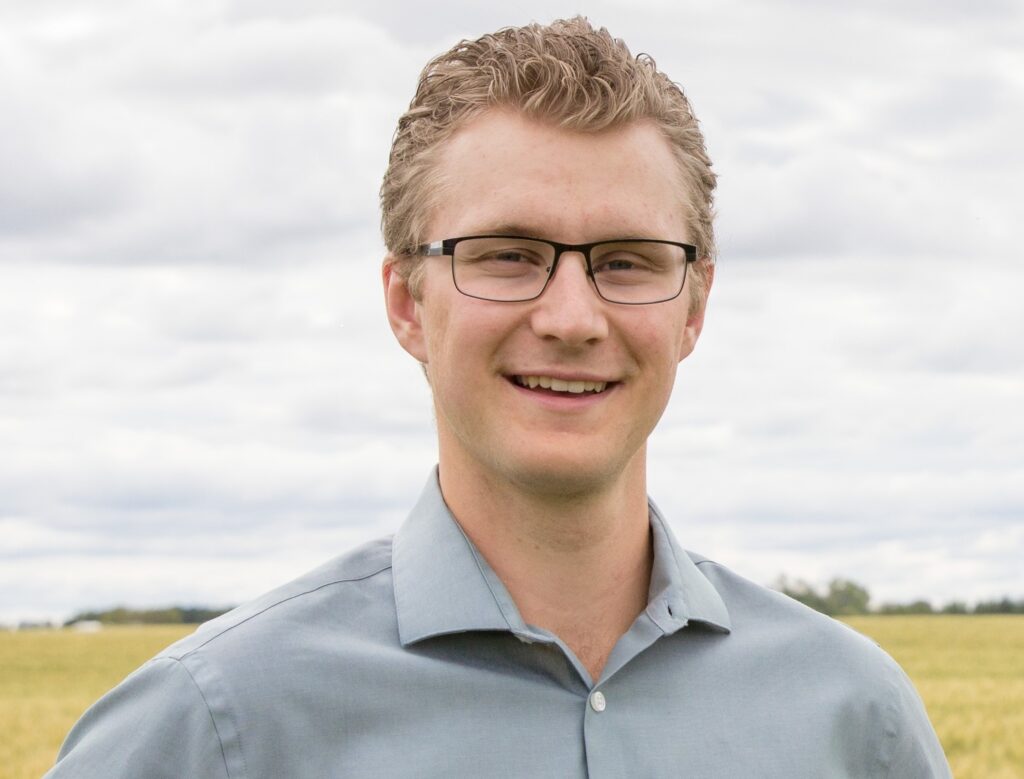
Details about our design
HOW OUR DESIGN ADDRESSES PRACTICAL ISSUES
Wildfire monitoring systems are costly and resource intensive. Fixed wing drones have been proposed as a low-cost way to monitor large fires over a large area, however, studies have concluded that vibrations and turbulence during flight produces poor thermal images and causes a major issue in identifying and monitoring wildfires. Our team addressed the issue behind poor thermal image quality by designing a stabilization system that damps vibrations in the vertical axis and can attach a 3-axis gimbal to mitigate changes in the pitch, yaw, and roll directions. Together, our system mitigates common vibration and turbulence issues on four different axes so that thermal images on fixed wing drones are high quality and can produce actionable data.
WHAT MAKES OUR DESIGN INNOVATIVE
The key innovation of our design is our vertical axis stabilization system. With our design, high quality IR cameras will produce high quality images than can map wildfire behaviour and determine if more resources are necessary depending on the phase of the fire. The system will be able to attach many different kinds of cameras (separately) and be able to mount to many different types of fixed wing aircrafts. The universality of our vertical axis stabilization device will lower costs for wildfire fighting agencies and ensure high quality thermal imaging data.
WHAT MAKES OUR DESIGN SOLUTION EFFECTIVE
The key impacts of our design are the vertical stabilizers and its universal compatibility. The tripod mounting base of our device allows it to contour to almost any fuselage shape, giving the user complete freedom to use almost any fixed-wing drone on the market. These tripods provide a sturdy support for the vertical stabilizers to maximize their efficiency in reducing the effect of turbulence on the camera. The base a universal gimbal mounting plate on the bottom of our stabilizers which is capable of supporting a wide range of currently available 3-axis gimbals on the market. By reducing the vertical throw caused by turbulence, our mount stabilizes larger movements from the aircraft, ultimately allowing for higher video quality.
HOW WE VALIDATED OUR DESIGN SOLUTION
We validated our solution through the use of prototyping and physical testing methods. Overall, we wanted our device to have as little impact on the flight of the drone as possible while maximizing the performance of our stabilization system. We developed many possible tests for our device which covered different aspects of our system including the performance of our stabilizers, the strength of our components, as well as other areas like important geometric clearances. These testing procedures allowed us to collect both qualitative and quantitative data which led to precise changes in our device throughout the course of our capstone.
FEASIBILITY OF OUR DESIGN SOLUTION
Through many interviews we conducted throughout the year with industry professionals, we concluded that there is a serious interest in the use of unmanned aircraft surveillance for forest fire monitoring. With current restrictions on drones starting to lift and the budget cuts in this sector, the wildfire management of many provinces across Canada are very interested in the use of drones for wildfire monitoring as they are much cheaper and safer than alternatives like helicopters or watch teams.
Partners and mentors
We want to thank all of our partners and interviewees for their invaluable time throughout the semester. We met with each advisor multiple times and they have all put many hours into supporting our team. The project would not have been as successful without their help.
Special thanks to: Tariq Al-Shoura – Our Technical TA and Project Advisor Dr. Peter Goldsmith – Our Academic Advisor Matthew, Brandon, & Jordan from AERIUM Analytics – Industry and Product Advisors




